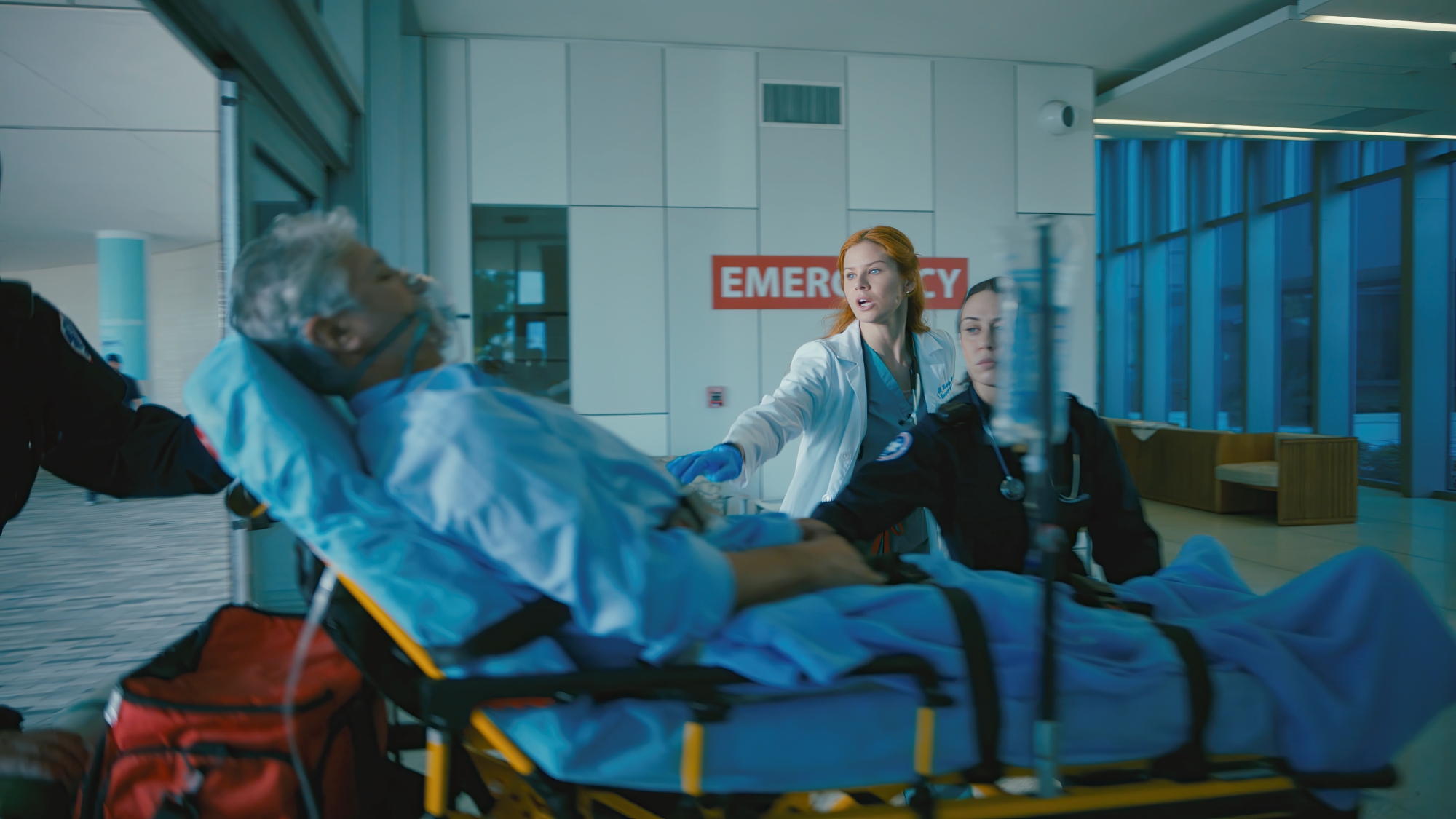
National Stroke Week 2024 encourages the community to know the F.A.S.T. (Face, Arms, Speech and Time) stroke warning signs so that they can save a life in the event of a loved one experiencing a stroke. Stroke is one of Australia’s biggest killers. It kills more women than breast cancer and more men than prostate cancer.1 In 2020, the estimated cost of stroke in Australia was $6.2 billion in direct financial impact and a further $26.0 billion in mortality and lost wellbeing.2
A stroke occurs when the blood supply to a part of your brain is suddenly reduced or stops. This prevents your brain from getting the oxygen and nutrients it needs from your blood.3 If blood can’t get through to the cells of your brain for long enough, your brain can suffer permanent damage.3 There are two main types of stroke: ischaemic strokes and haemorrhagic strokes. They affect the brain in different ways and can have different causes.
Ischaemic strokes occur when a blood clot blocks an artery to the brain. These blood clots typically form in areas where the arteries have been narrowed or blocked over time by fatty deposits (plaques). Another possible cause of ischaemic stroke is a type of irregular heartbeat called atrial fibrillation. This can cause blood clots in the heart to form that can break apart and end up in the blood vessels that supply the brain, blocking the blood flow.
Haemorrhagic strokes (also known as cerebral haemorrhages or intracranial haemorrhages) are less common than ischaemic strokes. They occur when an artery in the brain ruptures, leading to bleeding into and around the brain. The main cause of haemorrhagic stroke is high blood pressure, which can weaken the arteries in the brain and make them more likely to split or rupture.
Different parts of your brain are responsible for different parts of your body. When a stroke occurs and the blood flow to the brain is disrupted, the region of your body controlled by the affected part of the brain stops working as it normally does. It is this change in activity in one or more areas in the body that causes the specific symptoms that we can identify as a stroke.
The F.A.S.T. acronym is one way to remember the common signs of stroke. If you think that someone may be having a stroke, it’s important to check the following:5
F – Face: Does one side of their face droop, or is it numb? Can the person no longer smile?
A – Arms: Is one arm weak or numb? Can they lift both arms?
S – Speech: Can the person speak clearly and understand what you say?
T – Time is critical! If the person shows any of these signs, even if they seem to resolve, call 000 in Australia or 111 in New Zealand.
A stroke is a life-threatening emergency, and early treatment could save someone’s life. The hope is you never have to recognise any of the warning signs of either a heart attack or a stroke. Minutes matter. By being aware of and educated about these signs, you could save the life of a loved one or even yourself.
Through Teladoc Health’s telestroke solution, we’re helping hospitals and health systems expand access to high-quality, time-sensitive, specialised care for stroke patients. As an early innovator of telestroke, Teladoc Health today provides nearly 1,400 hospitals with virtual care technology that powers your life-saving stroke care. Our team will be exhibiting at the Asia Pacific Stroke Conference in Adelaide at the end of September. For more information or to book a demo, please contact us here.
References:
1. Australian Institute of Health and Welfare 2018. Australia’s health 2018. Australia’s health series no. 16. AUS 221. Canberra: AIHW.
2. Deloitte Access Economics. 2020. The economic impact of stroke in Australia, 2020.
3. www.healthdirect.gov.au/stroke
4. Deloitte Access Economics. 2020. No postcode untouched, Stroke in Australia 2020.
5. www.betterhealth.vic.gov.au/health/conditionsandtreatments/stroke